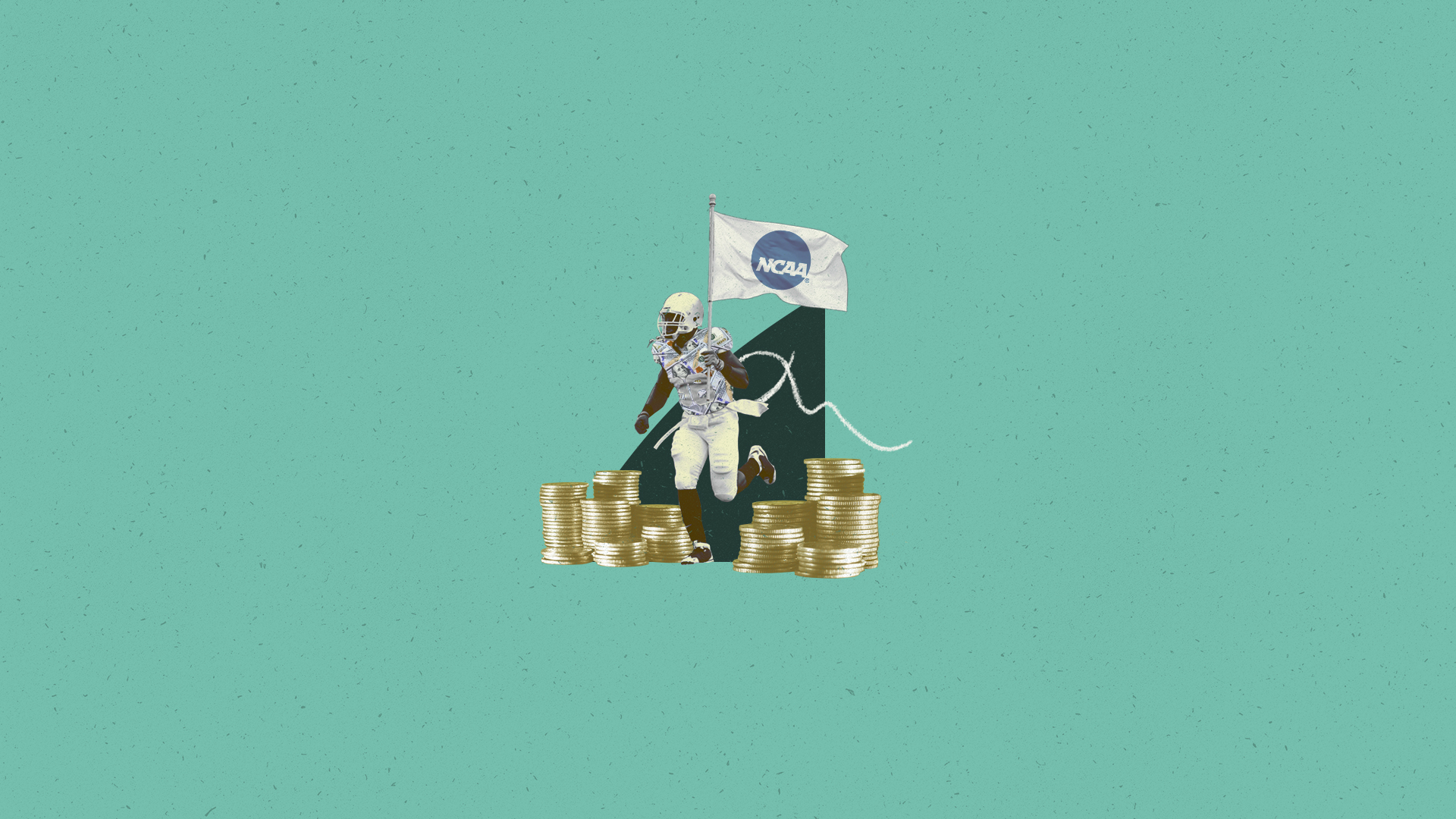
It’s payday – The overdue compensation of the college athlete.
$14 billion. The total amount made off of college athletics in 2019 alone and that excludes broadcasting rights and sponsorships. Over 100 Division 1 coaches collect a yearly paycheck of $1 million+ and schools, networks, and corporations make a billion more.
The only ones who haven’t profited from this monumental payday? The players themselves.
Not only were they not making a dime for the jerseys that donned their names nor the video games that depicted their likeness, there were punitive actions from the NCAA for any attempt at profit. From UNC, Ohio State, Alabama, to USC, scandals surrounding university athletes accepting funds have rocked schools across the country for decades.
Earlier this summer, the NCAA approved a temporary policy that allows athletes from every division to be paid for their name, image and likeness (or NIL). For the first time ever, they will legally be allowed to profit for everything from autograph signings, endorsements, to personal appearances. The policy came after the Supreme Court voted against the NCAA saying that educational-related support was not enough to compensate student athletes.
After the policy passed, the organization said in a statement that the ruling “reaffirms the NCAA’s authority to adopt reasonable rules and repeatedly notes that the NCAA remains free to articulate what are and are not truly educational benefits, consistent with the NCAA’s mission to support student-athletes.
President Mark Emmert then addressed the new changes, saying “With the variety of state laws adopted across the country, we will continue to work with Congress to develop a solution that will provide clarity on a national level. The current environment — both legal and legislative — prevents us from providing a more permanent solution and the level of detail student-athletes deserve.”
The NCAA believes that the varying state laws would make it hard to ensure a uniformity of rules across the board for all universities and that having a national law would be critical to the regulation of collegiate athletics. Under these new circumstances, schools are still explicitly prohibited from paying athletes nor are they allowed to arrange sponsorship deals for their students.
Athletes didn’t waste any time getting paid from this new temporary policy. From designing their own logos and branded apparel lines, promoting their social media accounts, demanding appearance fees to accepting good old fashioned brand sponsorships.
But what about the schools whose championships were rebuked and players shamed from the game for their past “misdeeds”? As of now no Heismans or Bowl championships shall be restored or banners rehung, but it could potentially be on the horizon. Until then, the Reggie Bushs, Terrelle Pryors and Fab Fives will be on the sidelines impatiently waiting.